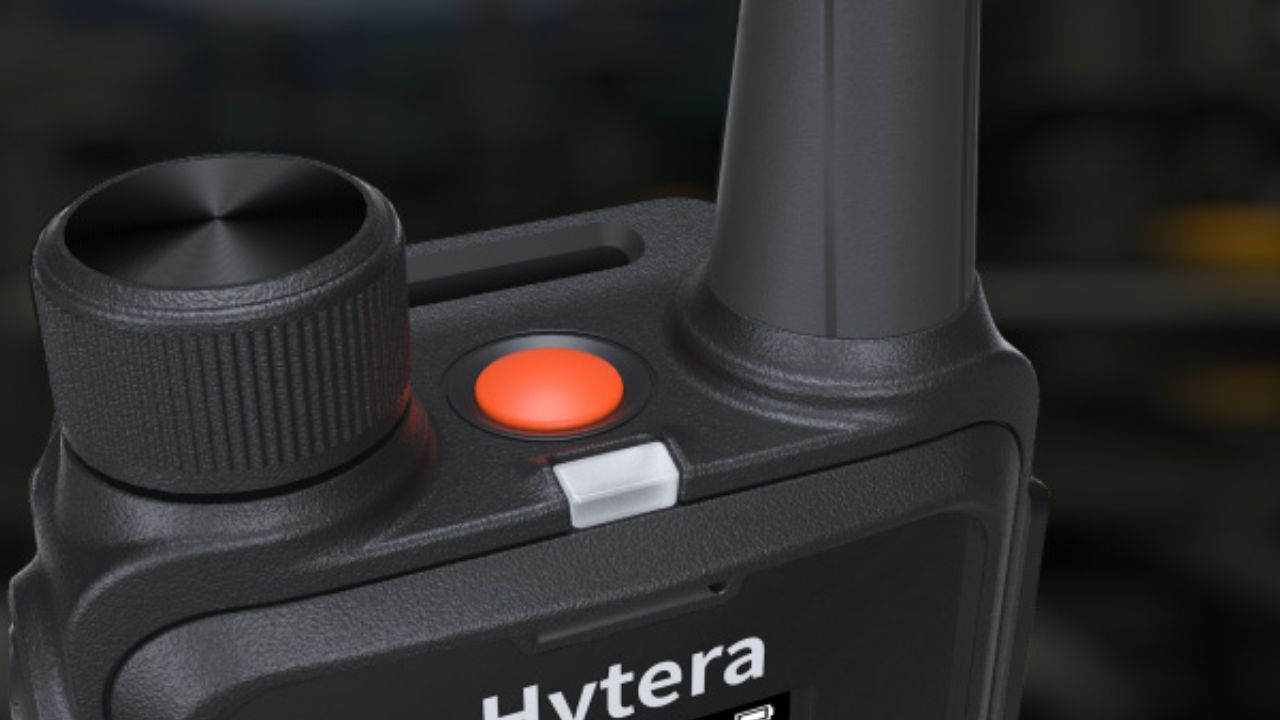Walkie-talkies are vital instruments in the rapidly changing field of communication technology, filling in the gaps left by the shortcomings of more conventional approaches. Two essential components channels and privacy codes are essential to their efficacy. In areas where radio traffic is abundant, walkie-talkie channels provide orderly communication by acting as designated frequencies for these devices to operate on.
Setting aside particular channels avoids interference, making it possible to have smooth discussions even in busy cities or during crucial activities where communication is crucial. Privacy codes enhance channels and give walkie-talkie communication a higher level of intricacy.
These codes, also known as sub-channels or CTCSS (Continuous Tone-Coded Squelch System), enable secure conversations within designated channels. Through the manufacturer’s website or privacy codes, users establish private networks within the wider spectrum, guaranteeing that communications are shared only with those who are supposed to receive them. In industries where secrecy is essential, like security, emergency services, and corporate operations, this feature is priceless.
Understanding of Walkie-Talkie Channels
In walkie-talkies, the term “channel” refers to a particular frequency or range that is utilized for communication. These channels provide effective and transparent communication by allowing several users to converse without interfering with one another. Governmental organizations control channels to keep frequencies from becoming overcrowded and to guarantee unhindered communication between users.
The number of channels that come with various walkie-talkie models varies. To locate a clean and interference-free communication path, users can pick between a wider ranges of channels on more advanced models compared to some simple ones that just have a few preset channels.
Role of Privacy Codes
Sub-channels, tone codes, squelch codes, and privacy codes are extra features in walkie-talkies that improve privacy and lessen interference. The walkie-talkie will only receive transmissions from other units that are configured with the same channel and privacy code combination when privacy codes are enabled. When several people are using the same channel in busy areas, this capability is quite helpful.
For privacy codes to function, a low-frequency tone must be added to the sent signal. The walkie-talkie receiving the signals will automatically ignore any that do not contain this specific tone. Users on the same channel can have private conversations in this way without interruptions from other users.
Benefits of Channels and Privacy Codes
Optimized Communication Channel
In two-way radios, channels are assigned frequencies that allow devices to communicate with one another. The avoidance of interference is one of the main advantages of channels. Users can select from a range of channels, ensuring that their messages reach the intended recipients without distortion or overlap. Finding an available channel quickly is essential for quick and effective communication in crowded settings or emergencies.
Enhanced Clarity and Signal Quality
Discussions among several users on the same channel may get jumbled and confused. Channels ensure that communications are sent clearly and apart from one another, much like segregated lanes on a crowded highway.
This clarity is essential, particularly in loud settings or during important procedures where miscommunication could have dire repercussions. Users benefit from greater overall communication and signal quality when they use the designated channels.
Privacy Codes for Security Communication
A further degree of protection and privacy is added to two-way radio communication by privacy codes, commonly referred to as sub-channels or CTCSS (Continuous Tone-Coded Squelch System). Users can use privacy codes to create a private network inside a particular channel.
Communicating only with other members of their team is possible for each user group by having their own private code. In instances where maintaining secrecy is crucial, such as during security operations or private business correspondence, this capability is especially helpful.
Efficient Group Coordination
Team members must effectively coordinate with one another in professional contexts. Within an organization, various teams or departments can function independently on the same frequency without interfering with one another, thanks to channels and privacy codes. This division guarantees seamless cooperation without message duplication, improving overall operational effectiveness.
Conclusion
In many different industries, walkie-talkies are essential for effective communication across short distances. Essential aspects that improve these devices’ functioning and security are channels and privacy codes. These capabilities enable walkie-talkies to be utilized in outdoor activities, events, and professional settings. They offer dependable and secure communication solutions that promote efficient teamwork and guarantee user safety in a variety of scenarios.
